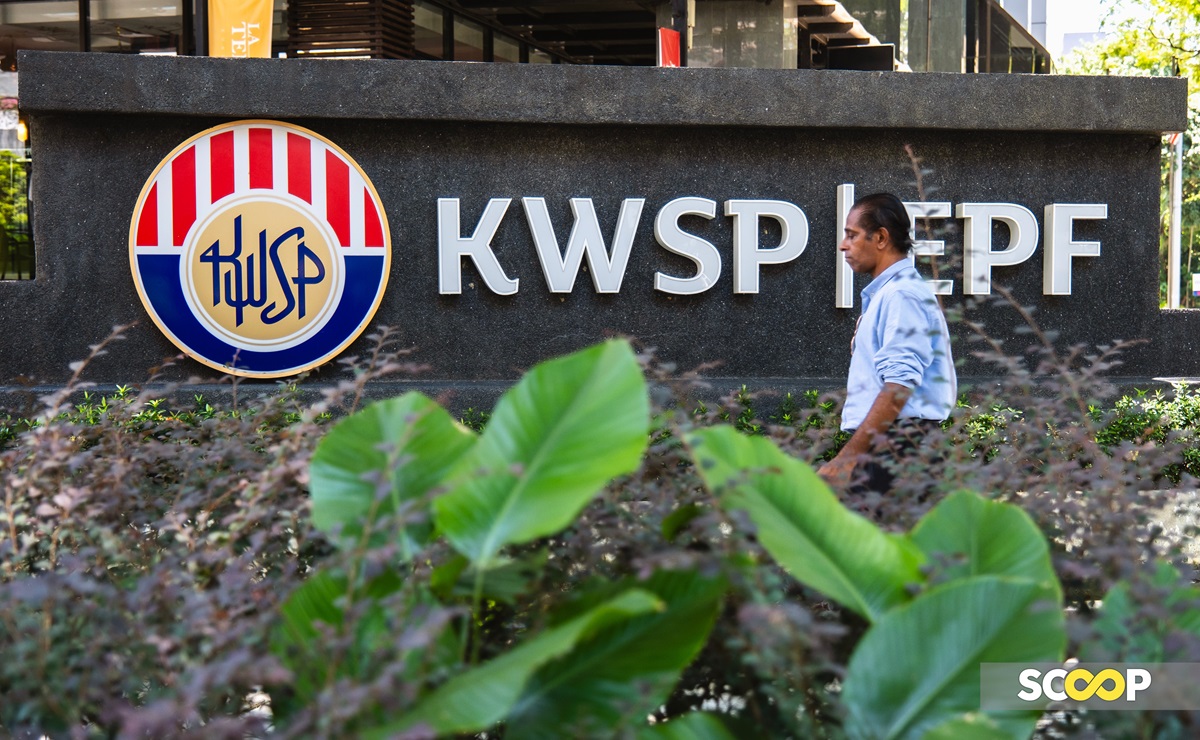KUALA LUMPUR – Malaysia’s approach to retirement system reform by the Employees Provident Fund (EPF) has been cited by the World Economic Forum (WEF) as a model for building long-term retirement systems in an emerging economy.
In its white paper, “Future-Proofing the Longevity Economy: Innovations and Key Trends”, WEF said the EPF has adaptive strategies that balance financial sustainability, intergenerational equity and inclusivity to ensure the long-term resilience of public retirement systems.
“Its reforms offer valuable insights for countries seeking to modernise retirement systems in response to shifting demographic and economic realities,” it said.
EPF’s refined approach
The EPF allows partial withdrawals for housing, education and medical expenses, offering workers a degree of financial flexibility while retaining long-term savings for retirement.
During the Covid-19 pandemic, Malaysia introduced temporary withdrawal schemes to help workers navigate economic hardship, though this raised concerns about retirement adequacy.
In 2024, the EPF introduced a three-account structure, allocating 75% of savings for retirement, 15% for conditional withdrawals (for example: housing or education) and 10% for a flexible account that members can access at any time for emergencies.
The EPF also launched initiatives such as i-Saraan, which encourages voluntary contributions from informal workers through government-matching incentives.
“As of 2024, the government provides a 20% match (up to RM500 [approximately $110] annually), leading to a 53% increase in participation, from 380,000 members in 2023 to 580,000 in 2024,” it said.
Closing workforce coverage gaps
The EPF highlighted that Malaysia is exploring reforms to improve financial literacy, expand mandatory coverage to informal and migrant workers, and enhance portability for workers transitioning between formal and informal sectors.
“These efforts signal the government’s commitment to evolving the system into a more inclusive and sustainable model,” it said.
With a roadmap for legislative changes and coverage expansion in place, Malaysia is poised to close the 40% gap in workforce coverage for access to a formal retirement scheme.
Nonetheless, coverage of the informal sector, which accounts for a significant portion of the country’s workforce, remains a challenge.
Strengthening retirement systems
WEF said one of the critical actions to strengthen public retirement systems and enhance financial security for future generations is the implementation of sustainable financing mechanisms.
It said adjusting contribution rates, linking retirement ages to life expectancy and diversifying investment strategies can help maintain system solvency without overburdening younger generations.
Additionally, expanding coverage to informal and gig workers with policies such as portable retirement benefits and incentivised micro-pension schemes could further improve financial security for those outside traditional employment structures.
Another key measure is encouraging or mandating auto-enrolment in retirement savings. Countries with automatic enrolment in pension or retirement savings plans have seen significantly higher participation rates, helping individuals accumulate adequate savings for retirement.
“Expanding auto-enrolment policies and behavioural nudges can drive long-term financial security, particularly for low- and middle-income workers,” it said. – March 29, 2025

